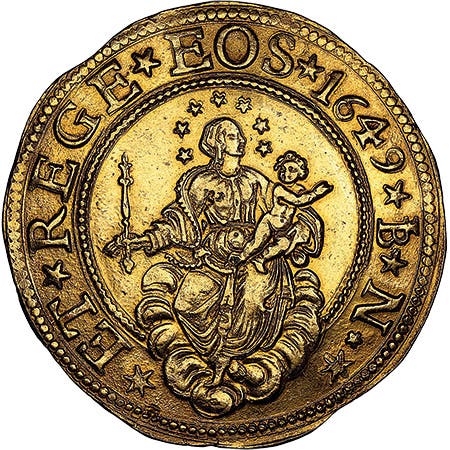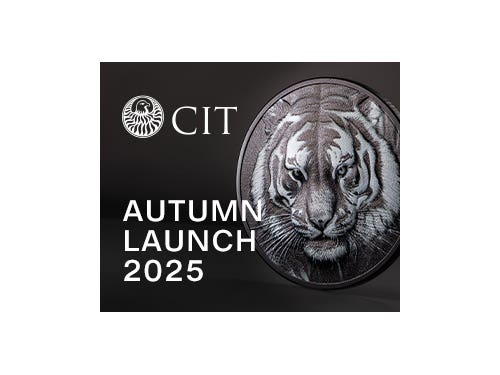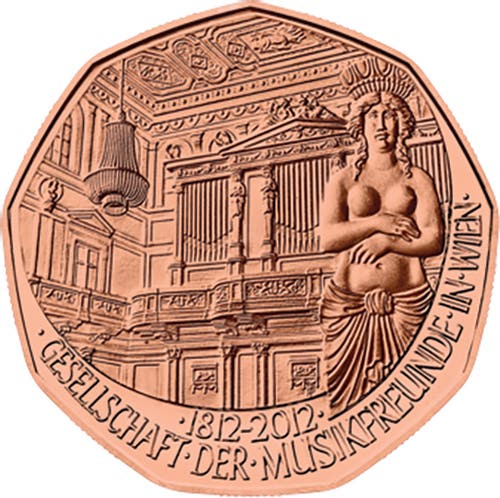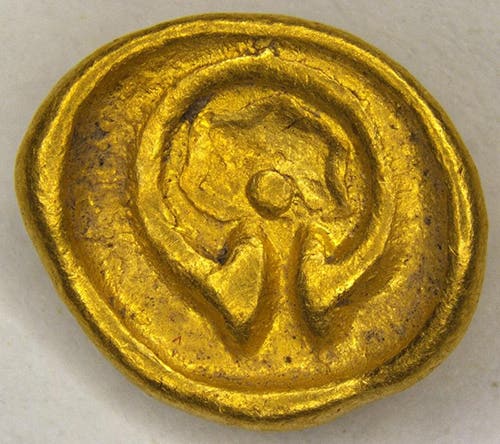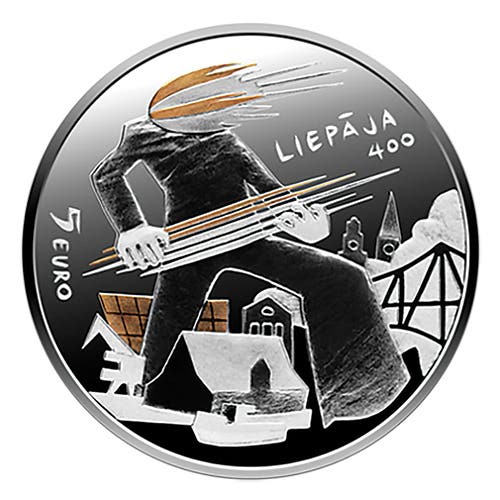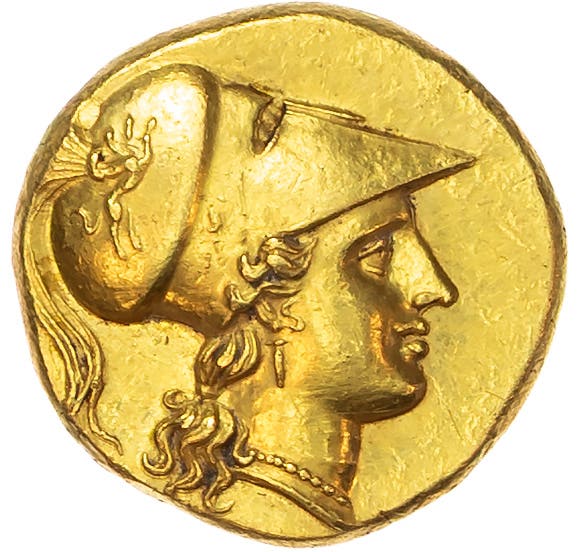Gold Polish 100 ducat brings over $2 million
The Classical Numismatic Group’s January sale, Triton XXI, was an outstanding success. The 1,597 lots achieved a clearance rate of 98.22 percent to realize a total of $14,971,166 – including…
The Classical Numismatic Group’s January sale, Triton XXI, was an outstanding success. The 1,597 lots achieved a clearance rate of 98.22 percent to realize a total of $14,971,166 – including a 20 percent buyers’ premium.
A quick scan of results indicate some 245 lots sold in excess of $10,000 apiece, of which nine took in excess of $100,000. But the show stopper was Lot 1127: a gold 100 ducat of Zygmunt III Wasa [Sigismund III Vasa] dated 1621 (KM-H43, Friedberg 72).
The 70 mm, 349.49 g intricately detailed coin was struck to commemorate Poland’s victory over the Ottoman Empire at Khotyn [Chocim]. It is one of the largest European gold coins ever produced. The engraver was Samuel Ammon.
A total of just six specimens are known of this piece. All six come from a single pair of dies.
The example offered at CNG arrived on the block with an EF grade and a $2 million estimate. When the dust settled, it had taken $2,160,000.
This price places Zygmunt’s 100 ducat among the Top Ten most expensive world coins ever sold. Depending on whose list you go by, it ranks four or five. In 2008, it had fetched $1,380,000, the highest price realized for a gold coin at auction to that date.
A little way back in the price stakes at $390,000 came a superb Jahangir portrait gold mohur dated AH 1023 (KM-179.5; Friedberg-759). Described as “an exquisite example of a very rare type,” this 20 mm, 10.90 g coin came graded EF. Its estimate had been a mere $75,000.
Full prices realized can be found at the CNG website: www.cngcoins.com.
This article was originally printed in World Coin News. >> Subscribe today.
• The Standard Catalog of World Coins, 1601-1700 is your guide to images, prices and information on coins from so long ago.
• Purchase your copy of The Essential Guide to Investing in Precious Metals today to get started on making all the right investing decisions.




